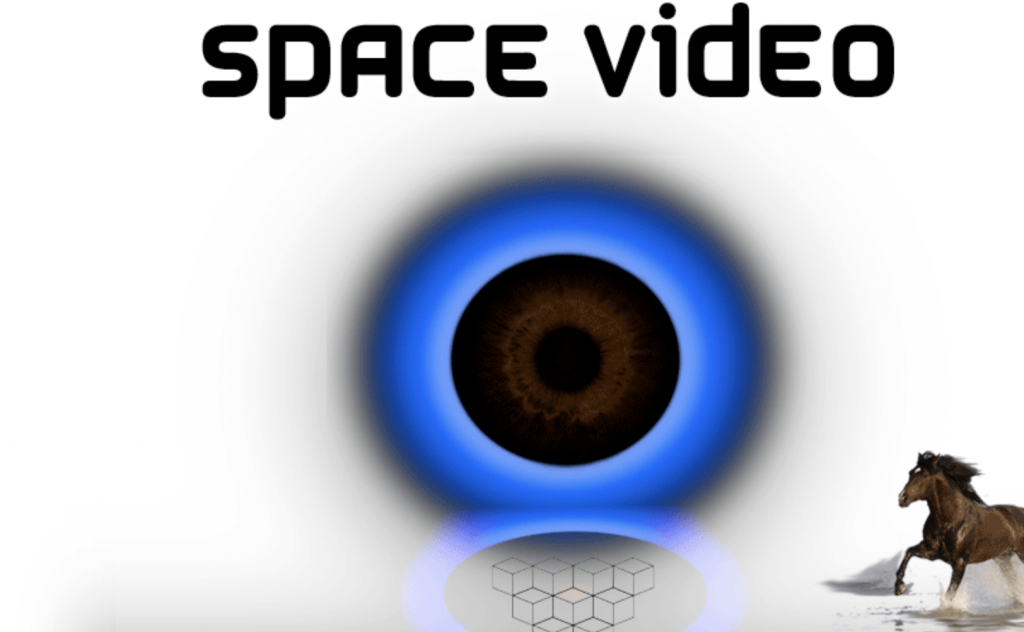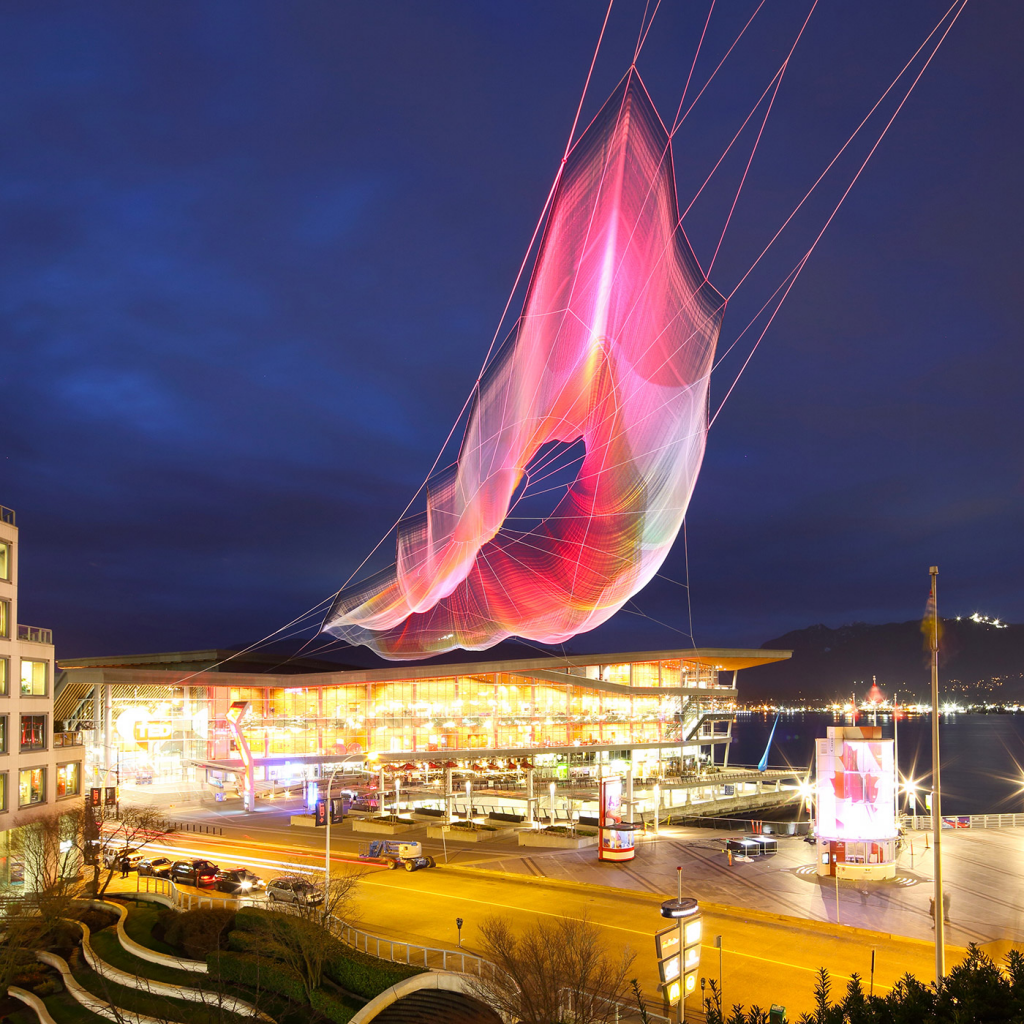By Ilia Urgen
Section B
Over the last couple of decades, the STEAM (Science, Technology, Engineering, Art, and Mathematics) movement has brought a plethora of new changes in the world’s education system. The goal of this movement is not only to improve the lives of people physically, but to also bring people closer together by changing the way we see diversity and the digital inclusion of others.
According to author Agnes Chavez, a revolution in STEAM is how we see the development of humanistic skills and creating a sustainable future. This process is even more vital in isolated, remote areas such as rural and minority communities, where the necessity to tie the gender and culture gap is even greater.
One of many possible solutions was generated through the creation of the STEMarts Lab. Students from all backgrounds get to work directly with artists whose work imagines what can be achieved with digital technology. This new form of collaboration between generations is what will lead the future in a digitally-sustainable direction.
Furthermore, the STEMarts model is revolutionizing the way the younger generation is thinking through the following pillars:
- 21st-century skills and technology
- Cutting-edge science knowledge
- Real-world application and collaboration
- New media arts and social practice
The STEMarts model is able to give people a better idea of how the world works better together with the combination of science, art, and technology. These ideas are more important now than ever before. The goal of our generation is to increase individual literacy of these fields as much as possible. The more great minds we have who are able to think critically and out of the box, the less problems our society will have. Even though this solution seems too good to be true, we’ll never know unless we try to unite these pillars by increasing STEAM literacy in our generation.
Link to Article:
![[OLD SEMESTER] 15-104 • Introduction to Computing for Creative Practice](https://courses.ideate.cmu.edu/15-104/f2022/wp-content/uploads/2023/09/stop-banner.png)






